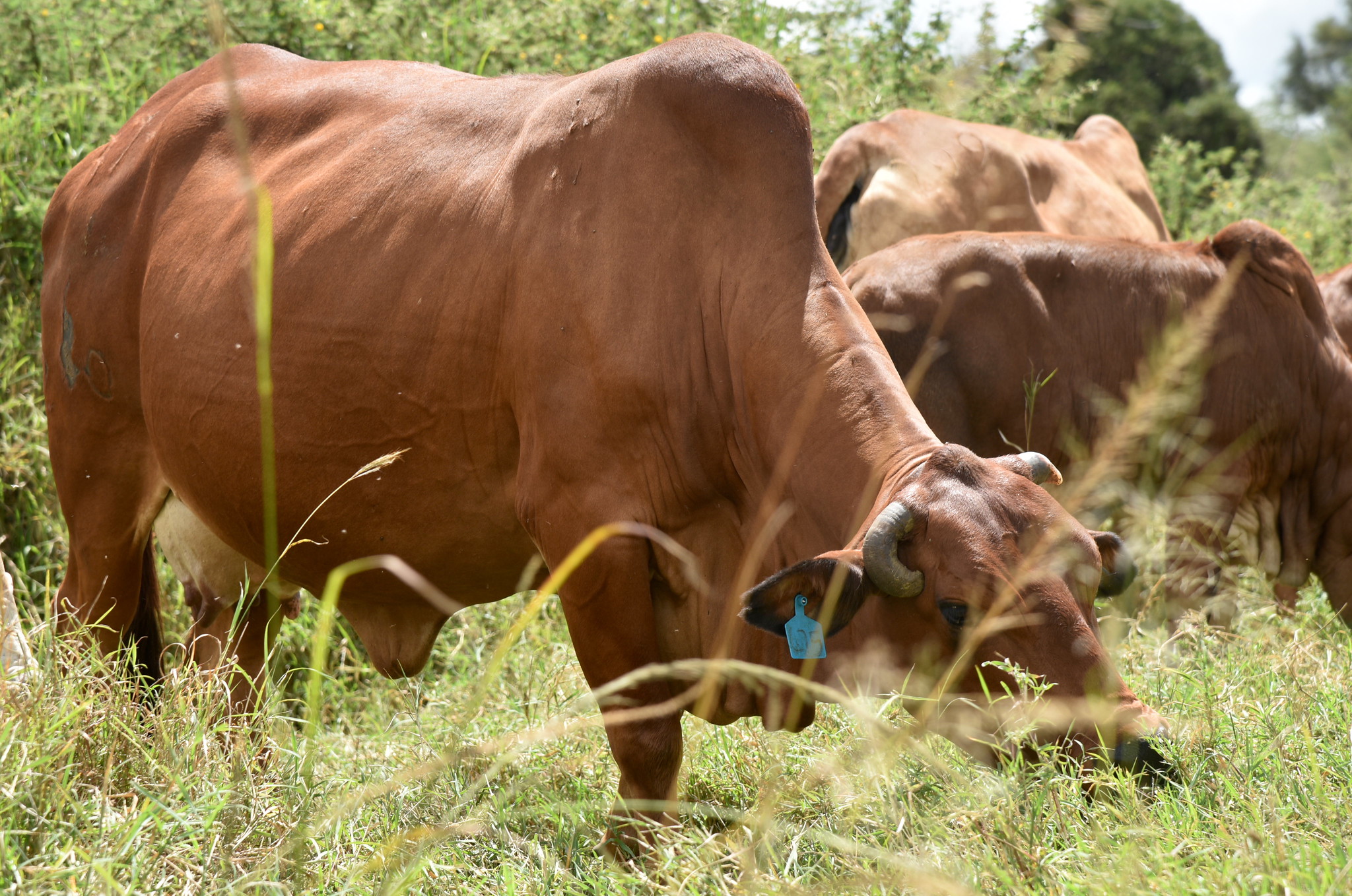First drone-based measurement of ruminant methane emissions in Africa
- From
-
Published on
04.06.24
- Impact Area

Flying a mere nine metres above the grasslands at Kapiti, the International Livestock Research Institute (ILRI)’s research station and wildlife conservancy, a drone not only took pictures of the landscape and livestock inhabitants, but was also measuring methane emissions from herds of ruminants (camels, goats, cows and sheep that digest plant-based food in a specialized stomach, resulting in methane production as a byproduct).
This was the first time that a drone was used to measure emissions from livestock on the African continent.
This pioneer research project, made possible by the Eranet project CircAgric-GHG, is led by Vibeke Lind and partnered with ILRI’s Mazingira Centre.
Although the project aims to evaluate the relationship between livestock system nutrient circularity and greenhouse gas emissions, it also includes a remote sensing component that is exploring new measurement technologies.
Photo: Boran cow at ILRI’s Kapiti Research Station (ILRI/Paul Karaimu)
Related news
-

Mapping for Resilience: How Spatial Data is Transforming Karamoja Cluster
Ibukun Taiwo02.07.25-
Climate adaptation & mitigation
Pastoral communities in the Karamoja Cluster (a region spanning Kenya, Uganda, South Sudan, and Ethi…
Read more -
-

Building Resilience and Regeneration: The Central Highlands Ecoregion Foodscape (CHEF)
Sehlule Muzata02.07.25-
Climate adaptation & mitigation
At the CGIAR Sustainable Farming Program (SFP), we believe that collaboration is essential for trans…
Read more -
-

Planting with Precision: How Weather and Climate Information is Changing Bean Farming in Rwanda
The Alliance of Bioversity International and the International Center for Tropical Agriculture (CIAT)01.07.25-
Climate adaptation & mitigation
Imagine weather information as a GPS for farmers. Without it, the journey becomes uncertain, filled…
Read more -
